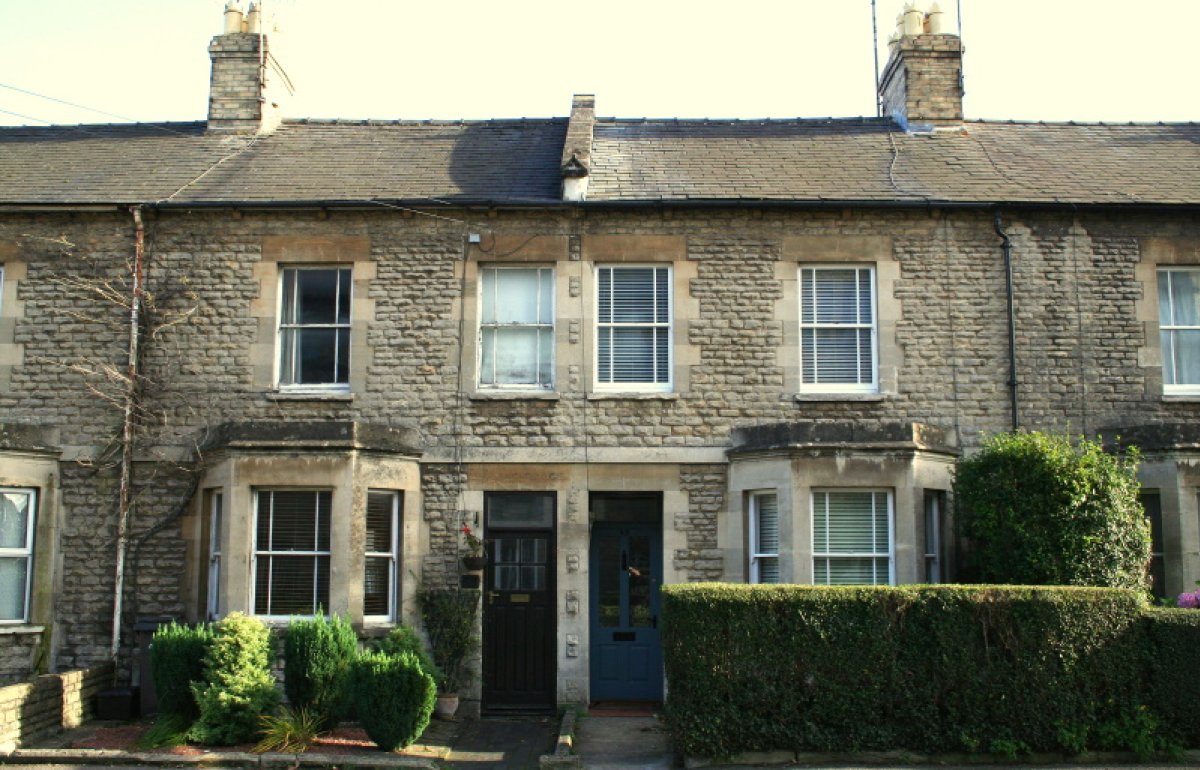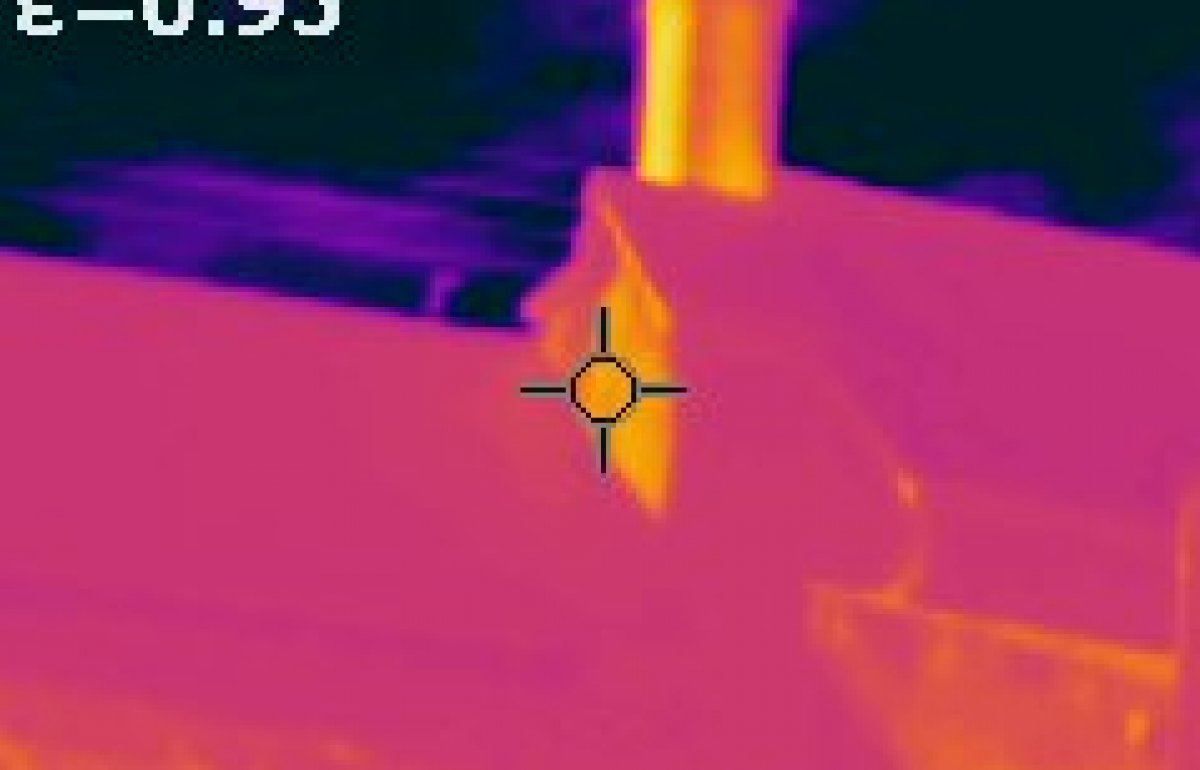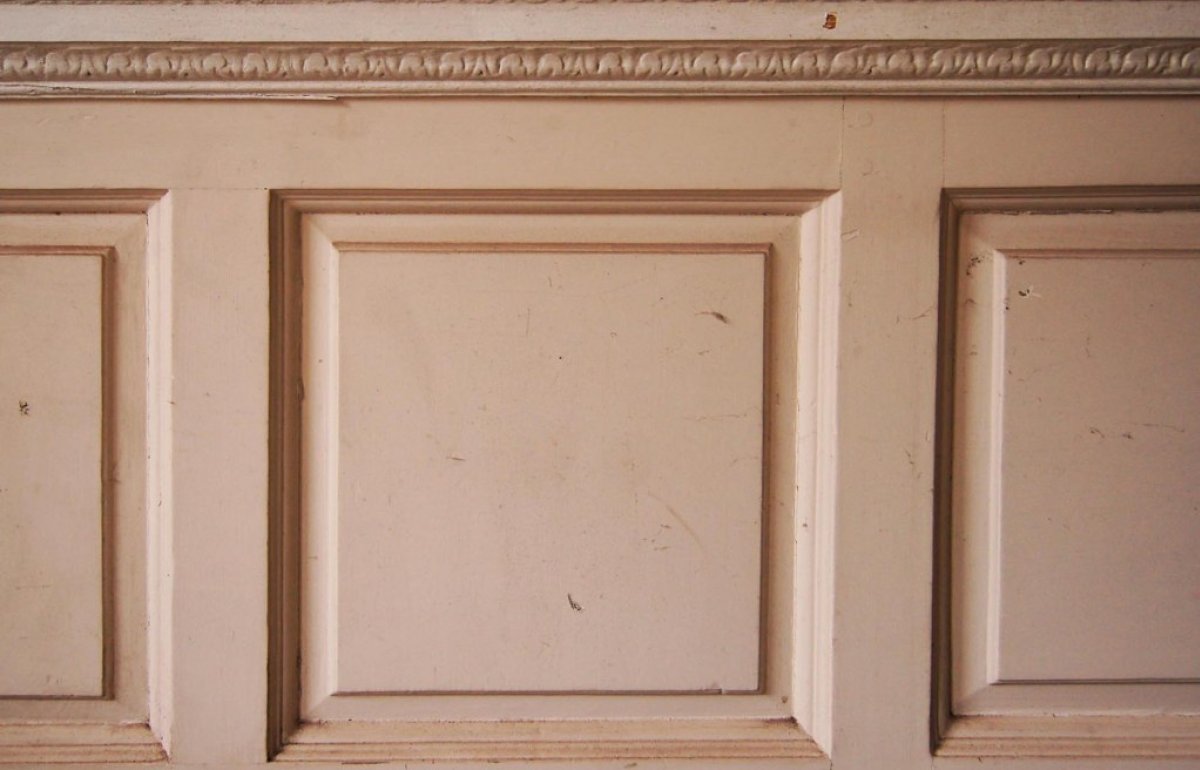Suspended timber floor insulation
This article explores the options for suspended timber floor insulation in historic buildings.
How advantageous is it to fit insulation to suspended timber floors?
Suspended timber floors comprise floorboards supported by joists spanning walls. Insulating and draught-proofing an old suspended timber floor at ground or upper storey level above unheated spaces can save considerable energy. Care must be taken, however, not to harm the character and significance of the building or impede subfloor ventilation (for example, by blocking air vents), so promoting timber decay. Consider conducting an airtightness test before insulating a floor to establish how draughty it is and pinpoint areas requiring particular attention.
Where thermal upgrading is necessary under building regulations, important exceptions and special considerations exist for historic buildings that allow lower levels of insulation where full compliance would cause unreasonable harm.
What are the options for insulating suspended timber floors?
Suspended timber floors can be thermally upgraded by lifting the floorboards to insert insulation or - to avoid risking damage caused by disturbance – placing it either from below or directly on top. Permeable insulation, such as sheep’s wool, hemp fibre, cellulose or woodfibre board, often works well with old buildings. Non-breathable forms of insulation should not be discounted, though, when adequate ventilation and detailing can be achieved. Gaps between boards or under skirtings may be draught-proofed using slips of matching timber, papier mâché, beeswax or proprietary products, or with a breather membrane in the void below.
A space of at least 150 mm should be maintained below insulation installed within an externally-ventilated void. Where a ground floor void is unventilated, cross-ventilation may be necessary before insulating or draughtproofing. Lag subfloor cold or hot water pipes against frost damage and heat loss respectively, and route any electrical cables outside the insulation to reduce the risk of overheating and fire.
How is a suspended timber floor insulated from below?
A suspended timber floor can be insulated from below where accessible, for example, via a cellar, crawl space or external passageway. Insulation batts or boards are pushed up snugly between the joists. Battens, plastic netting or, for better draught-proofing, a ‘breather’ felt can be fixed to the joist undersides to hold the insulation. Alternatively, additional insulation, for instance, wood or hemp fibreboard, can be fixed underneath.
The big advantage of this method is that thermal efficiency can be improved without lifting floorboards, a frequent cause of damage. The drawbacks are that there is often insufficient access and it may be undesirable to make alterations to the underside appearance of a floor that is visible and historically important, for instance, above a carriageway opening.
How might I fit insulation to a suspended timber floor by lifting the floorboards?
Floorboards are commonly removed temporarily to insert insulation between the joists from above in the form of batts, boards or loose fill cellulose. Damage is easily caused when removing floorboards so, if undertaken, consider employing a skilled carpenter. Avoid lifting all boards at once, which can cause structural instability. Clean out debris uncovered but retain any sand pugging, shells or other historic insulating or fireproofing material. Battens, netting, a breather membrane or fibreboard may be used to support the insulation. Space permitting, fibreboard is sometimes fixed on top the joists to increase insulation.
Take the opportunity to carry out any necessary repairs to structural timbers and consider providing a hatch to assist future inspections.
With a historically valuable floor, the risk of almost inevitable damage may mean that lifting boards to fit insulation is unviable, especially if they are wide, fragile or have tongued-and-grooved joints. The space available within a subfloor void may also limit the thickness of insulation possible.
How might I go about insulating above a suspended timber floor?
Insulation can be laid over floorboards. The use of a thin, flexible material (for example, aerogel) helps maintain the character of an uneven floor and minimises the increase in level. Less insulation is necessary should the floor already have old sound-deadening material below the boards. Sometimes only draught-proofing might be carried out. Laying a carpet or another floor covering will, like draught-stripping, reduce air infiltration but can lead to dust-staining on board edges where there are gaps.
Where insulation cannot be installed from below, say above a jetty, insulating above a suspended timber floor prevents damage to floorboards caused by lifting them. A disadvantage can be an unacceptable raising of the floor level, necessitating step-ups or alterations to details (at door openings, electrical sockets etc). Obscuring the floor surface may also be undesirable.



